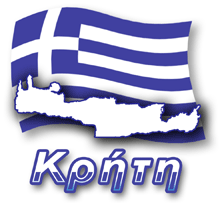
In the heart of the central part of Crete in the Idi massif there is an astronomical observatory. In a straight line the distance separating this place from Heraklion is only 25 km, however, it should be remembered that there are no simple roads in Crete. The actual distance that you have to travel by car from the capital of Crete is just over 50 km. At the same time part of this route leads through quite remote mountainous regions, where it is impossible to develop higher speeds. Therefore, the right amount of time should be allocated to this journey.
The observatory is located near the mythical Ida cave (6 km) and the beautiful and picturesque Nida Plateau. So if you plan to come to this area to see one of these places, this observatory is worth adding to the list.
Unfortunately, apart from designated open days, this place is closed to visitors. However, in our opinion, driving a narrow mountain road that leads here and views from above are sufficient reasons for reaching here. An additional advantage of this place can also be the fact that the mountainous region is much cooler, which in the case of summer heat has a considerable importance :)
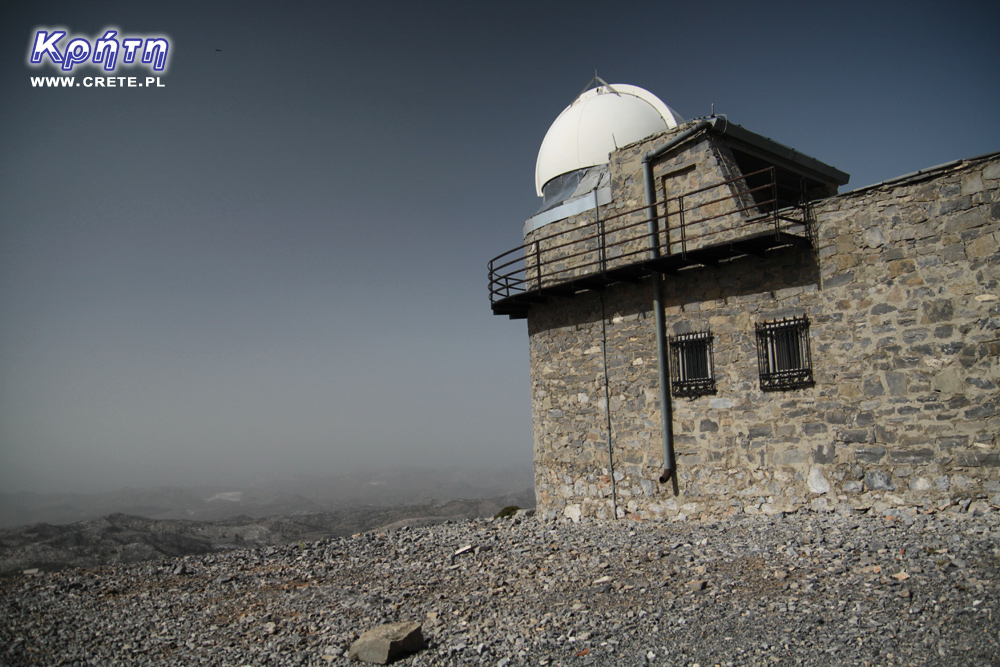
The observatory is located at the top of the Skinakas mountain at an altitude of 1750 m. The idea for its construction was born in 1984, soon after the construction of the road leading to the mountain began. It was a joint initiative of the Cretan University, the Foundation for Research and Technology - Hellas (FORTH) and the German Max-Planck-Institut für Extraterrestrische. These organizations work together to provide students with modern education in the field of astronomy, and support astronomical observations including extended sky research and objects such as comets or nebulae.
In the spring of 1986, when the construction of the observatory was completed, a lot of people came from all over Greece. A good reason, apart from the inauguration, was the possibility of observing Halley's comet, which just this year approached the Earth again at a distance of 150 million km (March 15). Initially there was only one small telescope with a diameter of 0.3 m, but the success of the observatory confirmed that the excellent conditions characterizing Skinakas make it one of the best places for astronomical observations in the whole Mediterranean area. Therefore, it was decided to further develop the capabilities of the observatory and since autumn 1995 operates here a second larger and more modern telescope with a diameter of 1.3 m. Currently, it is the main tool for observing the sky.
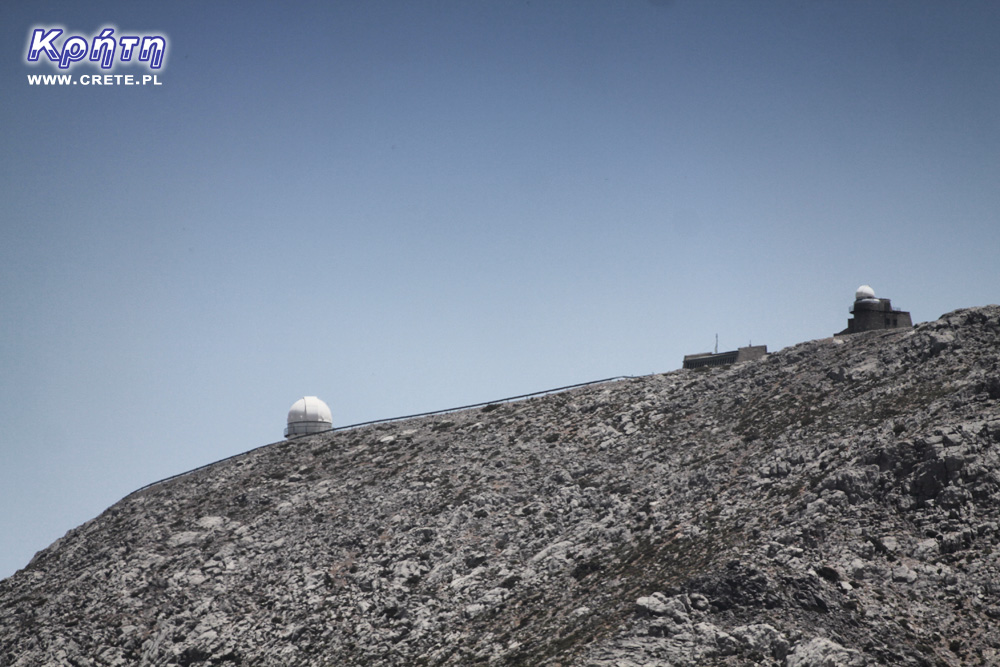
RoboPol has been operating here since 2013, under this name a device specially designed for the 1.3m telescope is hiding, used to measure the intensity and polarization of reflected light, stars and magnetic field. An interesting fact is that it was created as a result of cooperation of scientific centers from Greece, the USA, Germany, India and the Nicolaus Copernicus University from Toruń.
The instruments located in the observatory are commonly used for educational and didactic activities. Students and graduates of the Cretan University have the opportunity to participate in research projects conducted at Skiankas. Apart from conducting their scientific research, the observatory's employees are very active during public events, supporting various types of meetings and lectures on astronomy. They also took part in the Cosmos program, financed by the EU, whose aim is to increase education in this field.
Permanently open days in the observatory have already entered the calendar. Five days are set each year during which you can come here and enter the observatory. These events attract nearly 1,000 people a year.
Also for this year, specific dates have recently been set when you can come to Skinakas to be able to see the sky through the telescope and get acquainted with the latest developments in this field.
Open days in 2018 are planned for:
However, these terms may be changed when there is no weather that will allow observation of the sky. If you want to participate in open days, please contact us on the website a few days before this eventPlease check if the date you have chosen is current. The Observatory also reserves the right to set additional dates for open days at a later time.
During open days, the observatory can be visited between 18.00-23.00. By 20:30 visitors will be able to explore the infrastructure and familiarize themselves with the operation of the telescope. At a later time (20.30-21.00) it is planned to view the astronomical objects indicated by the telescope. Due to limited time and space, presentations will be conducted in Greek. Depending on the time available and the number of visitors, there may also be short presentations in English. Due to the low temperatures at the height where Skinakas is located, guests should obtain warmer clothes. It should also be taken into account that a very limited number of seats is available. A large number of visitors means that the waiting time in the queue for sightseeing can be even over an hour. It is also worth taking into account the lack of public toilets and places offering food and drink.
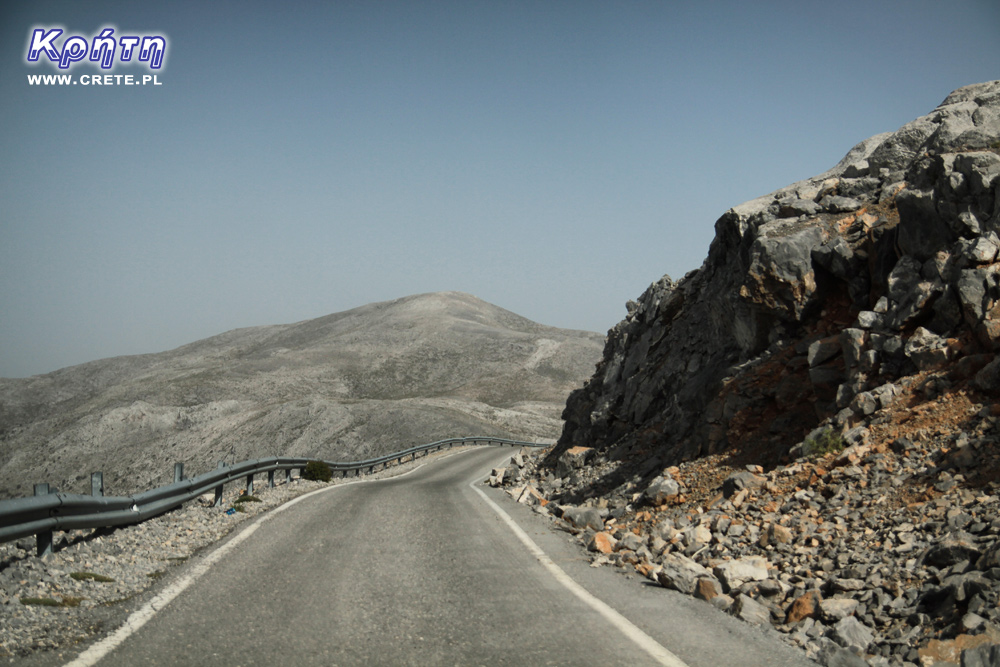
The access road to the observatory is very narrow, so you have to be very careful when driving here. This remark may be important especially for tourists for whom Cretan mountain roads are a big challenge. In the case of organized trips it is recommended that you do not travel here by coach. An additional difficulty is also the lack of a large car park where you can leave your car.
The Skinakas Observatory is located in the central part of Crete. It is located about 50 kilometers west of Heraklion. To get to this place, first of all, you have to go to Anogia. If you use the New National Road when traveling, the best solution is to follow the signs suggesting appropriate descents. Skinakas is further away from Anogia for another 20 kilometers. Departure to the narrow road heading for the observatory is located just at the entrance to the Nida Plateau.
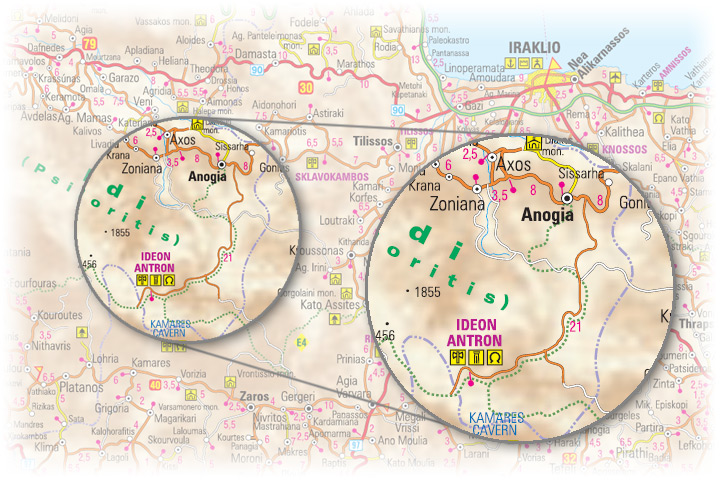
↤ click the appropriate part of the island to change the bottom map
Knossos is one of the flagship monuments visited by tourists, it is also the most popular place where organized trips go.
Heraklion (Iraklion) is the largest city of Crete. With almost 140,000 inhabitants, it is the fourth largest city in Greece.
Dozens of craft workshops located in this small mountain village make Margarites one of the four main centers where traditional Cretan ceramics are made.
International airport. Nikos Kazantzakis in Heraklion is currently the largest airport in Crete.
Heraklion (Iraklion) is the largest city of Crete. With almost 140,000 inhabitants, it is the fourth largest Greek city.
The date of the foundation of Moni Arkadiou (Arkadi) is not exactly known. According to tradition, the name of this church refers to the name of the Emperor Arkadiusz, who supposedly was to be its founder.
The date of the foundation of Moni Arkadiou (Arkadi) is not exactly known. According to tradition, the name of this church refers to the name of the Emperor Arkadiusz, who supposedly was to be its founder.
Rethymnon with around 40,000 inhabitants are the third largest city of Crete. This place was populated already in the Minoan period. Historically, the city was an important commercial center.
Thrapsano is a small town inhabited by slightly over 2,500 people, the vast majority of which until recently maintained their activity as a potter.
Skinaria is a small beach located along a small bay, whose outlet on both sides ends with a rocky coast. It is still a little-known place overlooked by mass tourism
Skinaria is a small beach located along a small bay, whose outlet on both sides ends with a rocky coast. It is still a little-known place overlooked by mass tourism
According to Greek mythology, Zeus hid (and perhaps even gave birth) in the Ida cave. This myth is the greatest asset of this cave, which is not as interesting and beautiful as the Dikte cave.
Tripiti is a small beach covered with a mixture of gray sand, gravel and stones. Despite the fact that the beach is unorganized and has a semi-natural appearance, one small tavern works here.
Tripiti is a small beach covered with a mixture of gray sand, gravel and stones. Despite the fact that the beach is unorganized and has a semi-natural appearance, one small tavern works here.
Tripiti is a small beach covered with a mixture of gray sand, gravel and stones. Despite the fact that the beach is unorganized and has a semi-natural appearance, one small tavern works here.
Plakias is a perfect place for people who like to spend time hiking. In the area of the town and the surrounding area, there are several hiking trails that lead to interesting beaches.
Currently, the lower monastery is still not open to the public and is not used by the monks. The buildings of the upper monastery have undergone partial renovation and are the main seat of the Preveli monastery.
Currently, the lower monastery is still not open to the public and is not used by the monks. The buildings of the upper monastery have undergone partial renovation and are the main seat of the Preveli monastery.
Currently, the lower monastery is still not open to the public and is not used by the monks. The buildings of the upper monastery have undergone partial renovation and are the main seat of the Preveli monastery.
The Kourtaliotiko Gorge, also known as the Asomatos Gorge, is perhaps one of the most spectacular natural attractions available in the central part of Crete.
Agia Triada is a small Minoan archaeological site in the south of Crete, located near Timpaki, located on the western slope of the hill about 40 meters above sea level.
Około 60 kilometrów na południowy zachód od stolicy Krety - Heraklionu znajdują się ruiny drugiego co do wielkości starożytnego pałacu - Fajstos.
Currently, Melidoni Cave (originally called Gerontospilios) is associated mainly with the tragic events that took place here in 1824.
This fortress is a perfect example of Crete's multiculturalism. Located today in Greek hands, it was built by the Venetians, but is called a name taken from the Turkish language.
It is one of the most important and largest museums in Greece and one of the most important in Europe.
Tylissos is one of the few places in Crete that has kept its name since ancient times.
Plaża w Damnoni jest położona po sąsiedzku z Plakias - popularną turystyczną miejscowością
Agios Pavlos is a small town located on the southern coast of Crete near Saktouria.
Triopetra is located at the foot of the Siderotas mountain about 52 km south of Rethymno.
gia Galini (Αγία Γαλήνη) jest jednym z najpopularniejszych nadmorskich kurortów na południowym wybrzeżu Krety.
The observatory is located at the top of the Skinakas mountain at an altitude of 1750 m. The idea for its construction was born in 1984.
The Late-Romanesque cemetery in Armeni is located on the outskirts of this town, located less than 10 km south of the center of Rethymno.
The museum presents the dramatic history of Crete written over the last several hundred years.
The modern settlement known as Argyroupolis was built on the site of the ancient city of Lappa (also called Lambi)
Lentas is a good idea for those who want to get away from villages steeped in industrial tourism.
This ancient quarry, consisting of two parts by modern times, is called Λαβυρινθάκι and Λαβύρινθος.
If anyone of you is looking for a good restaurant near Matala and Kalamaki, then we would like to recommend estiório Chrisopigi.
Psiloritis (Timios Stavros - Holy Cross) is the top of the highest mountain of Crete, rising to 2456 m above sea level.
Rouvas Gorge is one of the most interesting places in this part of Crete. The interesting trail leads in a perfect way to the changing appearance of this gorge.
Matala is one of the most popular towns not only of the southern coast but also of the whole of Crete. In the 1960s and 1970s, this small fishing village was a mecca for hippies.
The Odigitrias Monastery is one of the most famous monasteries of southern Crete. Unfortunately, in terms of popularity, he is far from other Cretan monasteries.
Kali Limenes (meaning Dobre Porty or Piękny Przystanie) is a coastal town located in the Asterousia Mountains on the southern coast of Crete.
In addition to the famous grand palaces on the island in the Minoan period, a number of smaller residences were created. One of the most important examples is the Vathipetro discovered about 5 km north of Archanes, on the southeastern slope of Mount Juchtas in the central part of Crete.
When traveling around Crete, it is not difficult to pay attention to the fact that most of the beaches there are relatively small and short. For this reason, people who are used to our national Baltic standards, where the sandy coast stretches for kilometers, may experience a special disappointment. However, fortunately, nothing is lost, because Crete in its rich arsenal of various beaches can boast of those that allow for long walks along the coast. One of them, our favorite is the Kommos beach located in the south of the central part of the island.
Although there are countless caves in Crete, only a few can be visited. Sfendoni is the largest cave open to the public. content comes from: http://www.crete.pl www.CRETE.pl
The old Venetian port and the lighthouse are one of the most recognizable elements of Rethymno.
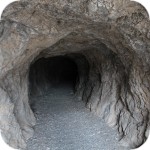
The extensive beach in Plakis invites to long walks. Particularly interesting is the eastern beach area located below the steep cliffs called Gonates. Many people who explore this part of the coastline are sure to find a mysterious tunnel in this place. The presence of this building raises many puzzles not only among tourists, but even among local residents.
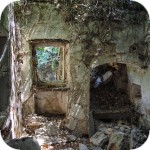
Only a few kilometers separate the bustling city of Rethymno from Mili, a village abandoned by its inhabitants. This place is also called the village hidden in the gorge. This name perfectly describes Mili because it is located on the edge of a small and green ravine of the same name. Although Mili was abandoned by its inhabitants, in recent years it has become a tourist attraction. It must be admitted that a walk between old buildings, which are slowly absorbed by the surrounding nature, gives rise to a slight thrill, and a more exuberant imagination while looking into the nooks and crannies of old houses may suggest scenarios straight from horror movies.
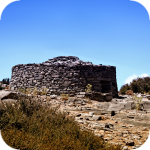
Traveling around the White Mountains or within the Psiloritis massif in Crete, you can come across small stone buildings, called mitata. Their characteristic round stone structure reminds some people of an igloo.
Komentarze
Wypełnij poniższy formularz aby dodać komentarz
lub kliknij w poniższy link aby skorzystać z możliwosci komentowania przez facebooka:
https://www.facebook.com/crete.poland/posts/10152914936117551,10153596201547551,10154486331662551,10155375025277551